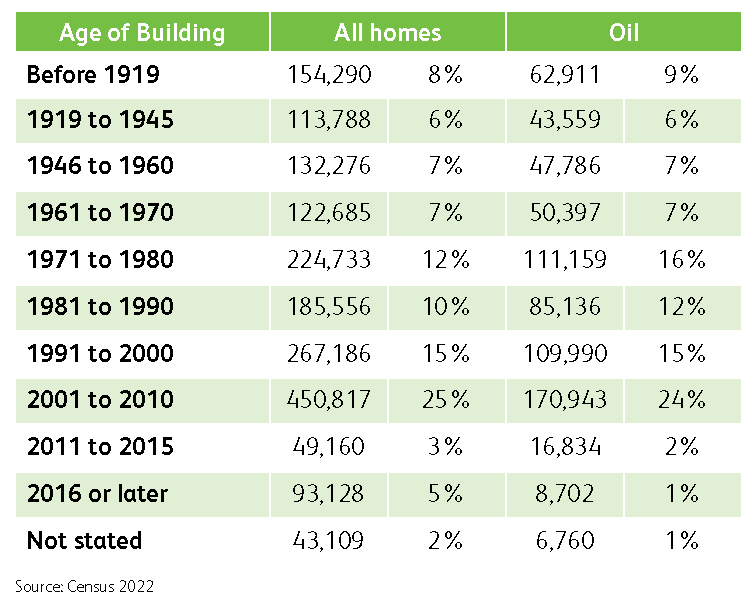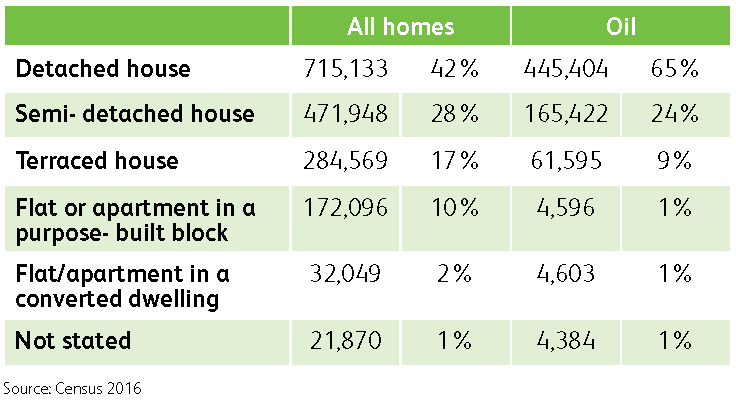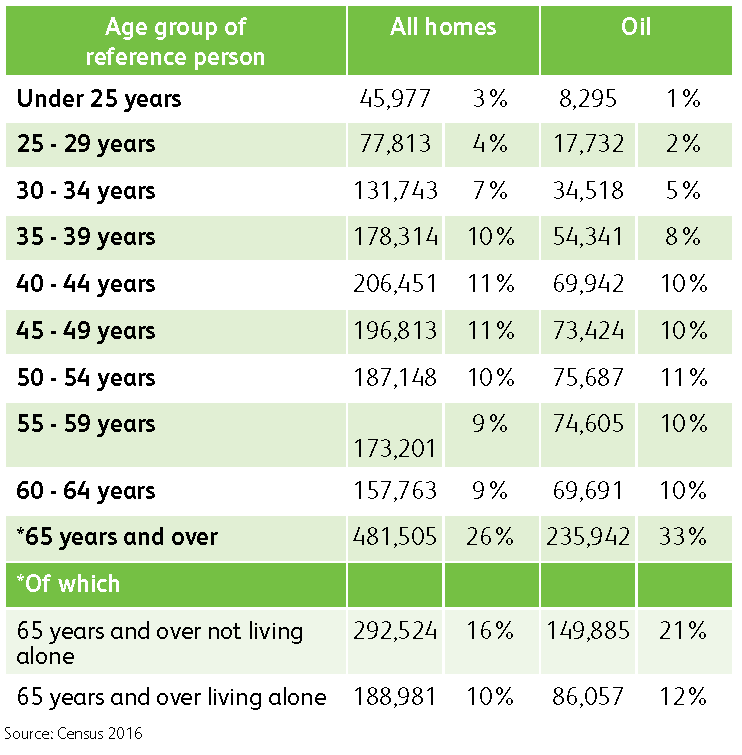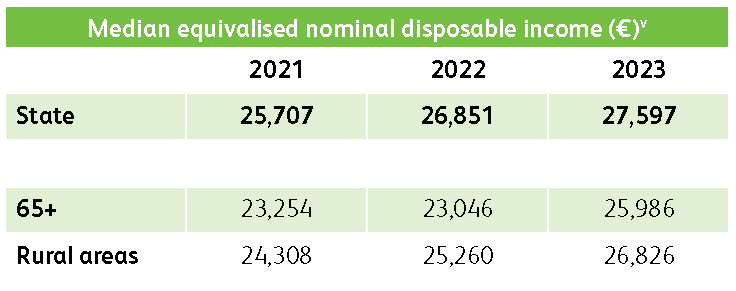
In just a few months, we have seen a new Taoiseach in Ireland, and new First Ministers in Northern Ireland, Wales and, most recently, Scotland. Many of these changes have come about partially as a result of net zero or climate change policies. In fact, we may see a change of leadership in every country where UKIFDA members operate by the end of the year.
Some of the most recent changes will impact this industry – the delay in implementing the clean heat mechanism across the UK, and the abandonment of the interim climate targets in Scotland, while both correct, are actions that will affect us, pushing several crucial decisions into the space of the next government.
As Humza Yousaf rightly pointed out, politics can be a brutal business. For our industry, these can be challenging and uncertain times. Having made arguments to one set of leaders, we must now reiterate our arguments to a new set of leaders, a task that UKIFDA is currently undertaking with urgency, especially as we approach upcoming elections.
One of the things all political parties will now be doing is poring over data from previous voting intentions and recent results and they will be building a picture of their ideal voter and those they need to turn.
The rural vote will never be more crucial in both the UK and Ireland, and it surprises me that political parties have largely ignored this crucial segment of society to date.
In Ireland, we are looking at the data again.
Ireland is legally committed to reducing greenhouse gas emissions by 51% by 2030 and to achieving economy-wide carbon neutrality by 2050. This requires immediate emissions reductions in every sector. Energy used for heating and cooling accounts for 24% of Ireland’s greenhouse gas emissions, but the current pace of decarbonisation falls short of the cuts required.
It is clear additional solutions will be required to meet these targets.
The National Heat Study, while identifying the installation of heat pumps as a major contributor to decarbonisation, also described other technologies that have the ability to deliver decarbonisation, particularly in homes in rural areas that are currently using oil heating.
One of these technologies identified in the study was the use of Renewable Liquid Fuels (“bio-liquids”), which we believe can have a significant impact on decarbonisation targets quickly, cost effectively and has the support of rural communities.
You only have to look at the data to see that oil heated homes and the people who live in them are different.
Of the 1.8m residential homes in Ireland, 39% (714,000) of homes are heated by oil.
How Ireland is heated

A significantly higher proportion of oil heated homes are in rural areas compared to all homes in Ireland. 28% of all Irish homes are located in the County of Dublin but only 6% of all oil heated homes.
The rural concentration in Ireland is quite unique in the European context. 1

15% of oil heated homes were built before 1945 and are deemed as “Traditional”.
These buildings are generally constructed with vapour-permeable materials and do not incorporate barriers such as damp-proof courses, vapour barriers and membranes, and the like, which are considered standard in modern construction. For this reason, traditional building fabric is often referred to as ‘breathable’ construction, which both absorbs and readily allows the evaporation of moisture. Therefore, some approaches to energy insulation retrofit are not suitable as they would cause damage to the structures and adversely impact the internal living environment and the health of its occupants.2

A much higher proportion of oil heated homes are detached or semi-detached (89%) compared to the national average.
More than one-third of Irish dwellings are in rural areas and 93% of these dwellings are either detached or semi-detached. The combination of high numbers of rural dwellings makes retrofit project aggregation more challenging in Ireland.3
Detached dwellings usually have a greater floor area than other dwelling types; they also have high surface area to volume ratios and thus have a greater heat loss than other house types of the same construction period.

As a result of the above locational and construction data, the energy efficiency ratings of oil heated homes are lower than the national averages.
Dwellings built since 2015 are considerably more energy efficient than prior constructions. A BER score of A was given to 99% of dwellings built between 2020 and 2022 and to 96% of dwellings built between 2015 and 2019. In contrast, only one-third of dwellings built between 2010 and 2014 received an A rating.4

The average age of residents in oil heated homes is significantly greater than the national average. This is important when payback periods of schemes are analysed. Older occupants tend to have less incentive to invest in energy efficiency with a long payback period.

These numbers are important in the context of disposable income. Rural and old householders have significantly less disposable income compared to the national average.5

The data shows, and what the politicians need to grasp, is that oil heated homes in Ireland and those living in them are significantly different from average homes in Ireland.
Oil heated homes tend to be more rural, detached, built earlier, have lower energy efficiencies, higher heat losses and older residents with lower disposable incomes.
Therefore, more than one solution will be required to meet the decarbonisation targets.
A week is a long time in politics, but data survives the span of most political careers.
image credit: UKIFDA
- Residential retrofit review report FINAL WEB.pdf (climatecouncil.ie) ↩︎
- Ireland’s Long-term renovation strategy, Irish Government 2020 ↩︎
- Ireland’s Long-term renovation strategy, Irish Government 2020 ↩︎
- https://www.audit.gov.ie/en/find-report/publications/2023/8-performance-of-certain-residential-retrofit-schemes.pdf ↩︎
- https://www.cso.ie/en/releasesandpublications/in/silc/informationnotecensusrevisions-silc2020to2022 ↩︎
